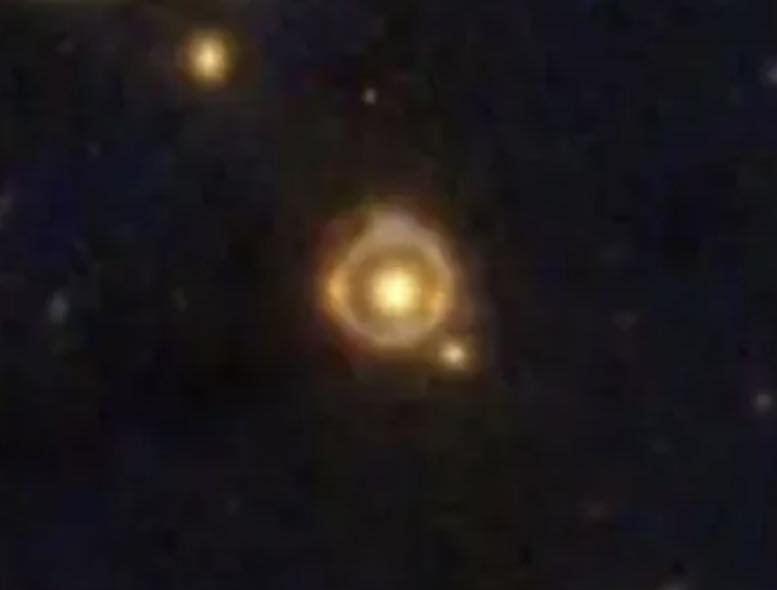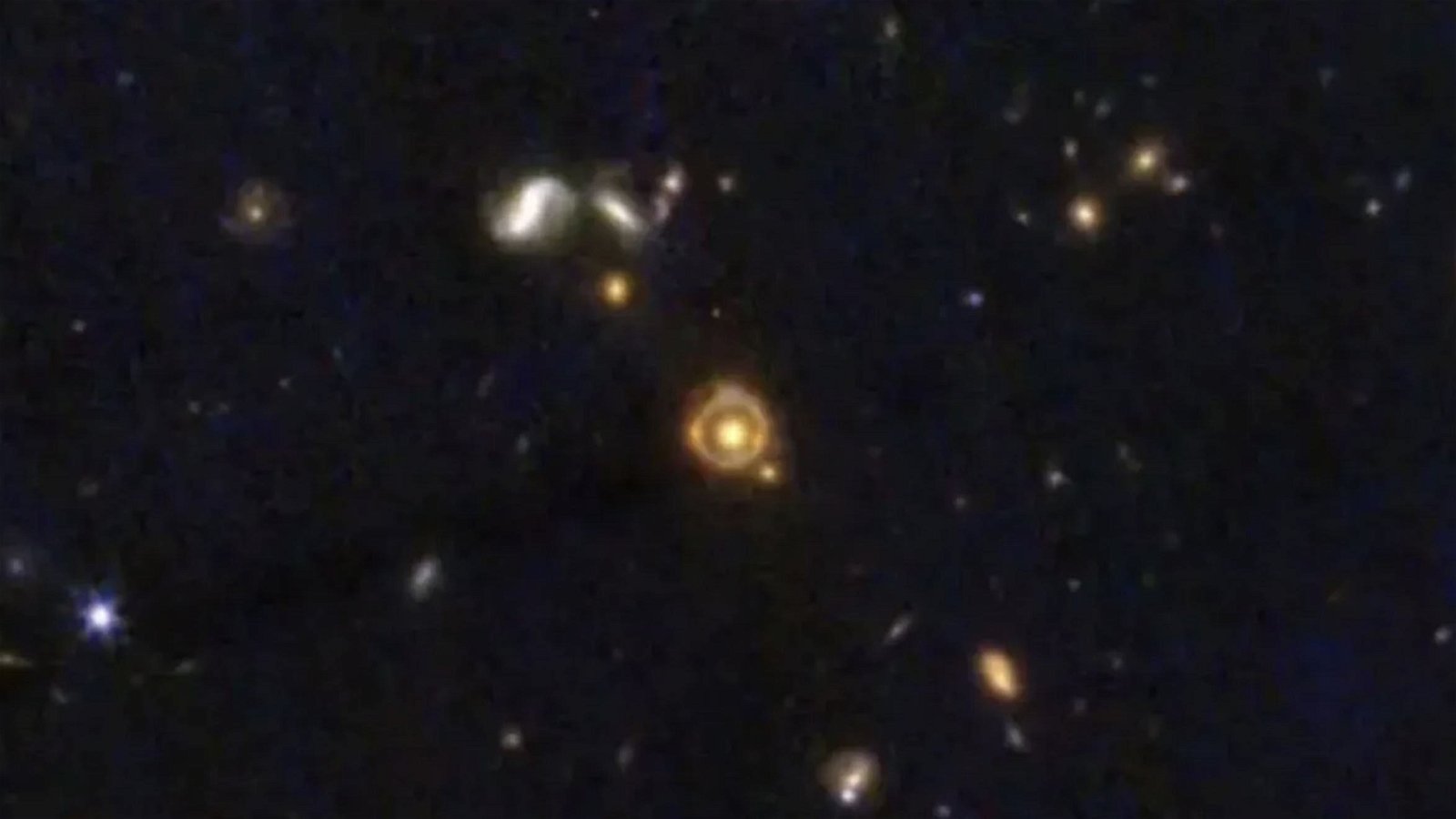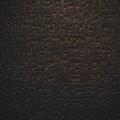A remnant of the early universe discovered last year by the James Webb Space Telescope has yielded a few astronomical surprises, including an Einstein ring and other properties that are now helping astrophysicists unveil new insights into the mysterious nature of dark matter.
In September, astronomers using Webb discovered the massive ancient galaxy, dubbed JWST-ER1g, which was noteworthy in part because of the curious ring of light encircling it.
Known as Einstein rings, these occur when the light being produced by a distant galaxy or star is warped by the gravity of a large object along its path toward Earth. This phenomenon, known as gravitational lensing, causes distortions that make light appear to originate from places other than its actual location.
Whenever the massive object that causes the distortion is directly in front of the light source respective to our position on Earth, it causes the warpage of light around the object to appear as a ring or halo.


In the case of JWST-ER1g, the massive galaxy spotted by Webb last September, light from an even more distant source positioned directly behind it is warped by the ancient galaxy, the total mass of which is comprised of both stellar and dark matter components.
Hai-Bo Yu, a professor of physics and astronomy at the University of California, Riverside, says that by calculating the stellar mass of JWST-ER1g and subtracting that from the total mass, the dark matter mass of the area within the ring can be determined.
However, the calculations Yu and his team performed revealed an anomaly. Specifically, the lens mass contained within the Einstein ring surrounding JWST-ER1g is 5.9 times greater than what astronomers would normally anticipate for such an object.
“The value for the dark matter mass seems higher than expected,” Yu recently said. “This is puzzling.”
Now, Yu and his team have published a paper that claims to solve the mystery of JWST-ER1g, offering a potential explanation for the apparent dark matter discrepancy.
Mysterious Dark Matter Halos
Since dark matter cannot be directly detected, its presence must be inferred from other observations in our universe.
One way that astrophysicists can grapple with this invisible material believed to permeate the universe involves what are called dark matter halos, which are hypothetical areas featuring one or more regions of gravitationally bound matter, some of which may also contain galaxies.
These regions of invisible matter are believed to surround galaxies like JWST-ER1g, and as matter that includes stars and gas collapse and condense into a halo around them, the halo is likely compressed, resulting in a high density of the surrounding matter.


“Our numerical studies show that this mechanism can explain the high dark matter density of JWST-ER1g,” said Demao Kong, who led the recent analysis of the ancient galaxy. Based on their findings, the greater amount of dark matter mass is equivalent to higher density.
“This strong lensing object is unique because it has a perfect Einstein ring, from which we can obtain valuable information about the total mass within the ring, a critical step for testing dark matter properties,” said Daneng Yang, another of the paper’s co-authors.
“James Webb Space Telescope provides an unprecedented opportunity for us to observe ancient galaxies formed when the universe was young,” Yu said.
“We expect to see more surprises from [the] James Webb Space Telescope and learn more about dark matter soon,” he added.
Yu and his team’s new paper, “Cold Dark Matter and Self-interacting Dark Matter Interpretations of the Strong Gravitational Lensing Object JWST-ER1,” was published in The Astrophysical Journal Letters on April 11, 2024.
Micah Hanks is the Editor-in-Chief and Co-Founder of The Debrief. He can be reached by email at micah@thedebrief.org. Follow his work at micahhanks.com and on X: @MicahHanks.

